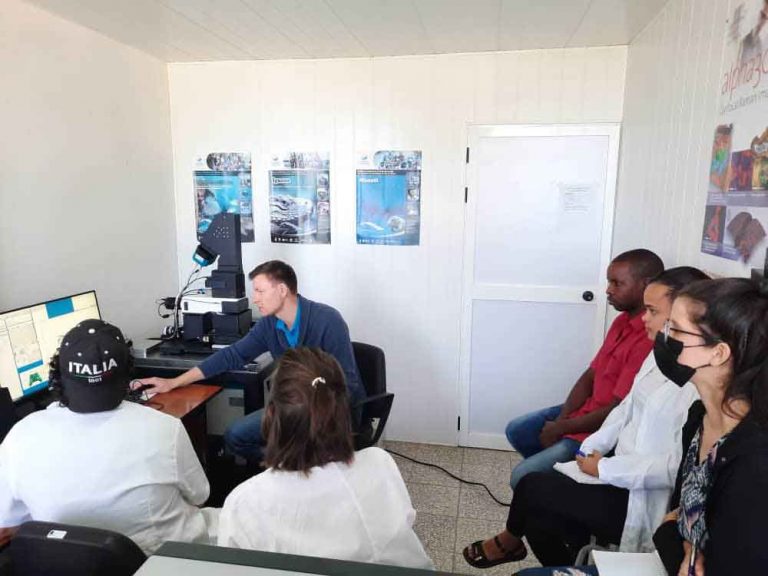This state-of-the-art system, acquired through a CUB7010 international technical cooperation project, ‘Improvement of National Capacities for Monitoring the Impacts of Climate Change in the Marine Environment Using Nuclear and Isotopic Techniques,’ strengthens the country’s capacities to address the problem of microplastics pollution in Cuba’s marine coastal environment.
The technology allows for the precise chemical characterization, as well as the identification of possible sources of origin, of microplastics found in environmental samples such as seawater, beach sands, marine sediments, atmospheric depositions and organisms, contributing to the understanding and proper management of this highly worrisome pollutant.
The CEAC is the leading center in Cuba for research on microplastics marine pollution.
Its research on microplastics pollution, in a world where 300 million tons of this waste are produced every year, contributes to the conservation of marine biodiversity and coastal areas.
Plastic debris currently makes up 80 percent of the wastes that reaches marine and coastal areas.
jg/abo/mem/sbd










